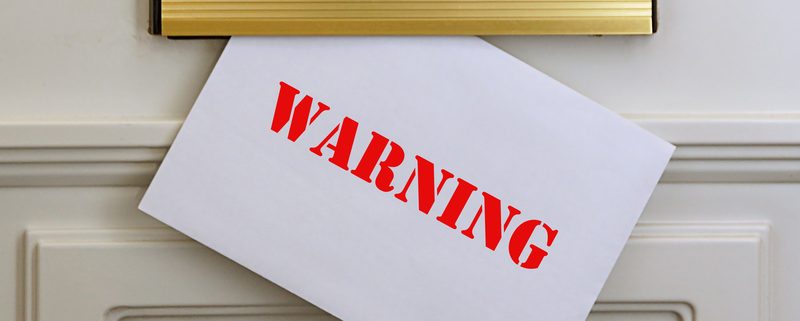Avoiding Early Withdrawals on the Self-Directed IRA
Using a Self-Directed IRA means that an investor has the ability to make a wide range of investments within a retirement account. That means tax benefits on assets as wide-ranging as real estate, precious metals, and even private companies. However, it’s also important for investors to realize that if they want to avoid early withdrawals on these accounts—and the taxes and penalties that come with these withdrawals—there are certain steps to take.
Avoiding Early Withdrawals Through the Self-Directed Roth IRA
The Roth IRA is an account that lets investors put after-tax money into a retirement account. Because these contributions are not tax-deductible, the money comes from earned income that the investor pays taxes on these contributions in the present. This has the effect of making the growth and the money put in the Roth IRA non-taxable, provided the investor waits until retirement age and does not withdraw it early.
Because the Roth IRA uses after-tax money, it’s possible to withdraw contributions to the Roth IRA with minimal interruption; after all, this is money that has already been taxed. However, an investor can incur penalties on money that comes out of the IRA as a result of the growth of the investment.
As Charles Schwab notes, there are early withdrawal rules with the Roth IRA that can make them sound more flexible than many investors might expect. “You can withdraw contributions you made to your Roth IRA anytime, tax- and penalty-free. However, you may have to pay taxes and penalties on earnings in your Roth IRA,” notes Charles Schwab.
What does this mean? There are some rules with the Roth IRA that make it unique in terms of short-term flexibility. This is something to look into for investors who want to make sure that not every dollar of retirement money goes into before-tax accounts that will incur much larger withdrawal penalties on contributions.
The Limits of Early Withdrawals
For any investor, penalty-free withdrawals from a retirement account can occur at the age of 59 ½ or older. This is the legal “retirement age” at which point investors can start to take money out of a retirement account. However, this retirement age might sound young by today’s standards, which leads many people to wonder when they should start withdrawing money out of the account, or let it continue to grow.
Investors should also be aware that they can’t make personal investments with a Self-Directed IRA. For example, if an investor were to use a Self-Directed IRA to purchase a home as an investment property, that would be a valid transaction. However, if the investor were then to turn around and rent out that property to a “disqualified person”—such as a spouse or child—it would then be interpreted as receiving a personal, immediate benefit. This disqualifies the investment from being considered a retirement property, and as such, it may be subject to penalties.
This distinction is one of the most important for Self-Directed IRA investors to understand, because it marks the boundary between what an IRA is and what a personal investment is. As long as investors learn to stay within the rules of the Self-Directed IRA, they can do a lot while investing for retirement, avoiding penalties the entire way. However, failure to follow these rules can mean all sorts of additional penalties that can create problems for the Self-Directed IRA holder.
Interested in learning more about Self-Directed IRAs? Contact American IRA, LLC at 866-7500-IRA (472) for a free consultation. Download our free guides or visit us online at www.AmericanIRA.com.








